blog
Database as a Service Concepts: High Availability

High availability is one of the most important aspects when choosing a cloud service provider. High availability is especially important when choosing a Database as a Service (DBaaS) provider in the sea of DBaaS providers.
What is High Availability and How Does it Relate to DBaaS?
Before talking about how can DBaaS with High Availability features help your business, we first need to understand what high availability is and how it relates to database as a service offerings in general. In its simplest form, high availability (sometimes referred to as HA) is a characteristic of a system which ensures a high level of uptime and, therefore, a high level of availability.
High availability is one of the main responsibilities of any cloud service provider, especially one that offers Database as a Service solutions. High availability, in general, can relate to different things including making sure that your database instances are available almost all of the time or automatic failover. With a database as a service provider that understands and offers the high availability concept well, you can make sure that your database instances are in good hands.
High Availability with CCX
CCX is a new Database as a Service offering from Severalnines. CCX is a fully managed service built atop ClusterControl – it enables you to click and deploy secured MySQL, MariaDB and PostgreSQL database clusters on multiple availability zones on AWS. CCX can achieve high availability (HA) in a couple of ways:
- CCX can support preconfigured highly available deployments of MySQL and MariaDB using the powerful technology of Galera Cluster.
- If you find yourself using PostgreSQL, CCX can be of assistance too: it supports streaming replication which enables continuous transfer of data between database nodes.
- CCX also leverages the self-healing functionality of ClusterControl to detect anomalies and failures in database nodes.
- Aside from high availability features available in CCX, CCX can also provide advanced database monitoring capabilities including, but not limited to query performance monitoring and system monitoring.
Deploying DBaaS Solutions
Now you probably know about one of the core concepts of DBaaS. But before actually working with any Database as a Service solution, you probably need to have some know-how about how to deploy database as a service solutions in the first place.
First off, log in to your DBaaS solution (we will use CCX as an example) and add a data store:

To do that, click “Create data store”. You will then be prompted to create a data store name and select a database vendor. You would also need to select the number of database nodes you want to use (these can be scaled later on):
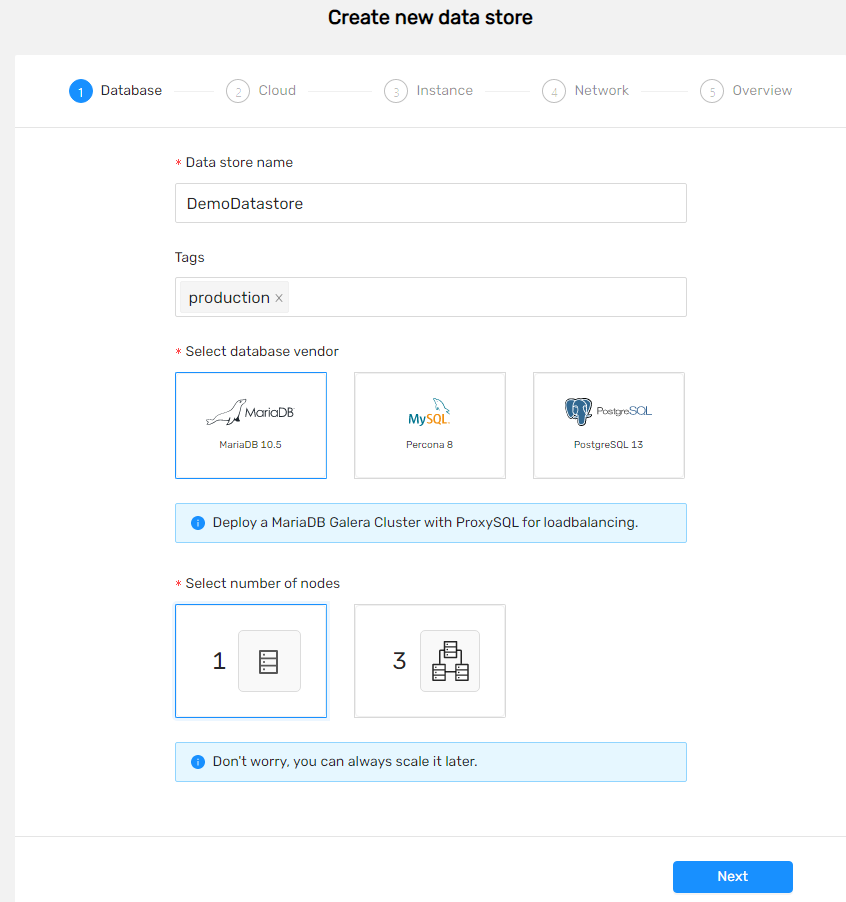
Now, select your cloud provider, select what location you want it to be based in and continue:
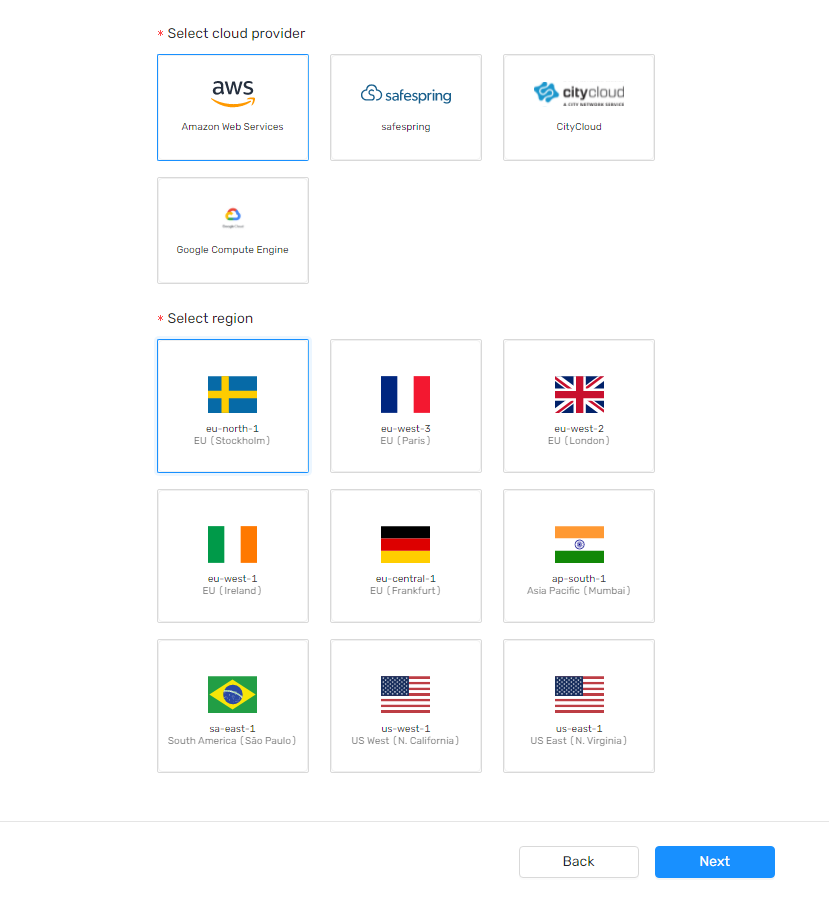
Before choosing your network configuration, select your instance size. Instances can either be small, medium or large, depending on your needs. The minimum size of it is 20GB, default allocated value is 40GB and the maximum size is 16TB (you must specify the values as gigabytes):
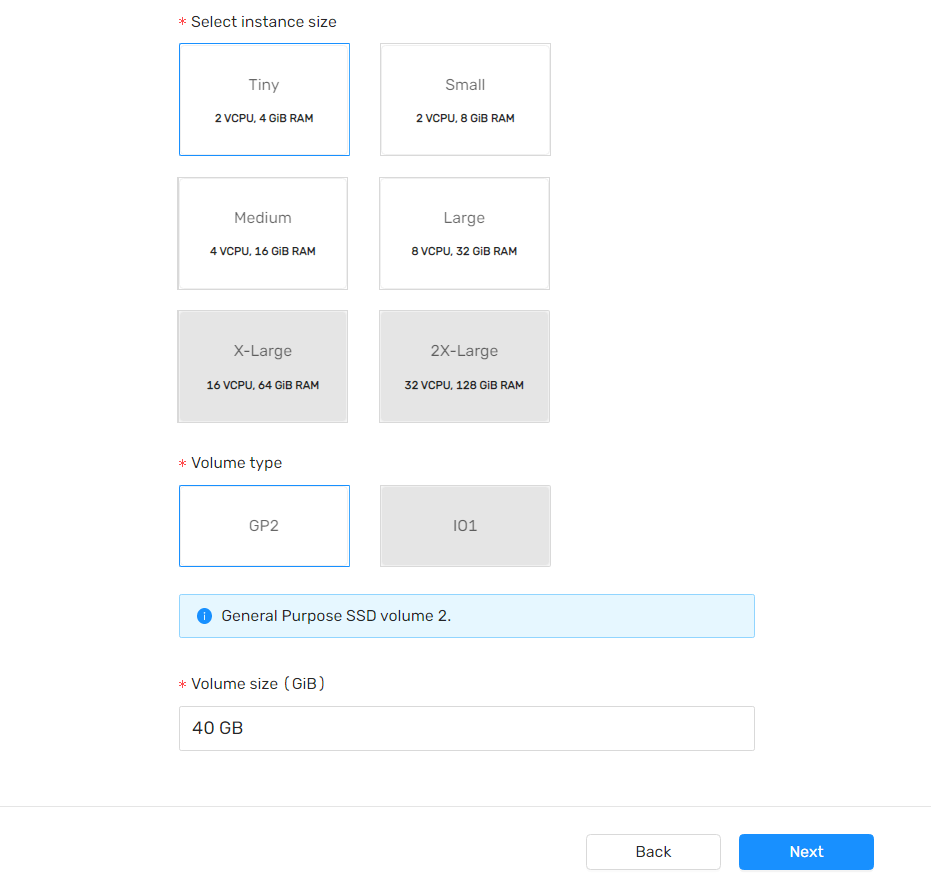
Move forward to select your network configuration (bear in mind that these settings cannot be changed):
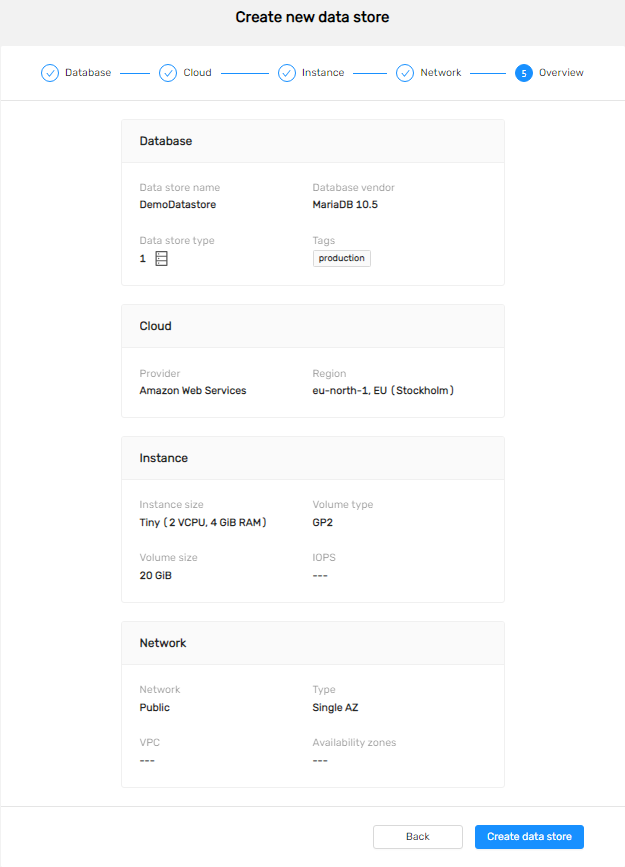
Finally, proceed to have an overview of everything that you have chosen and deploy the data store – you’re done!
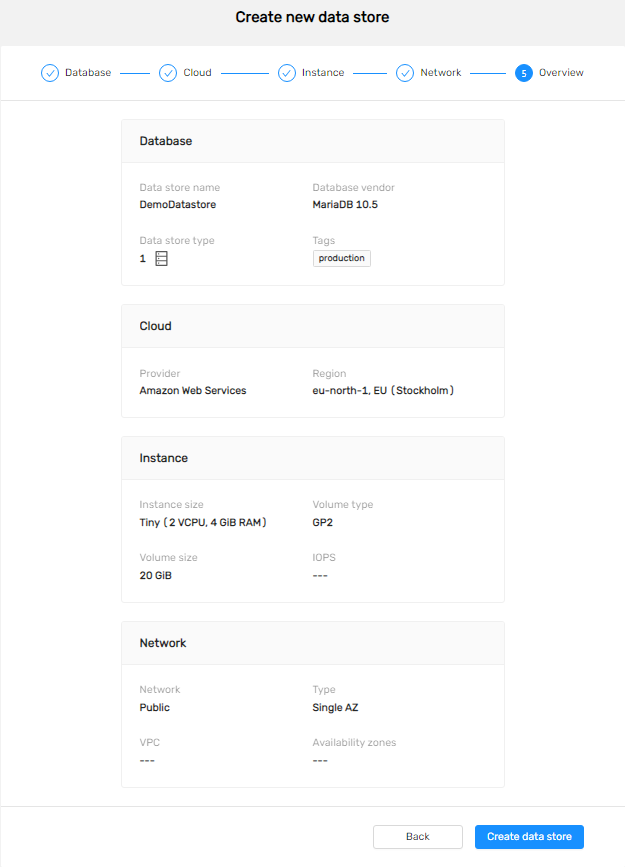
Summary
High availability is one of the most important concepts when considering to use any cloud provider, especially when using a database as a service solution. High availability in database as a service solutions can help ensure that the databases that might be the core of your business stay highly available at all times. If you find yourself thinking about using a DBaaS solution now or in the future, be sure to give CCX by Severalnines a go – CCX prices are consumption based, so you will never pay for more than what you will use.




